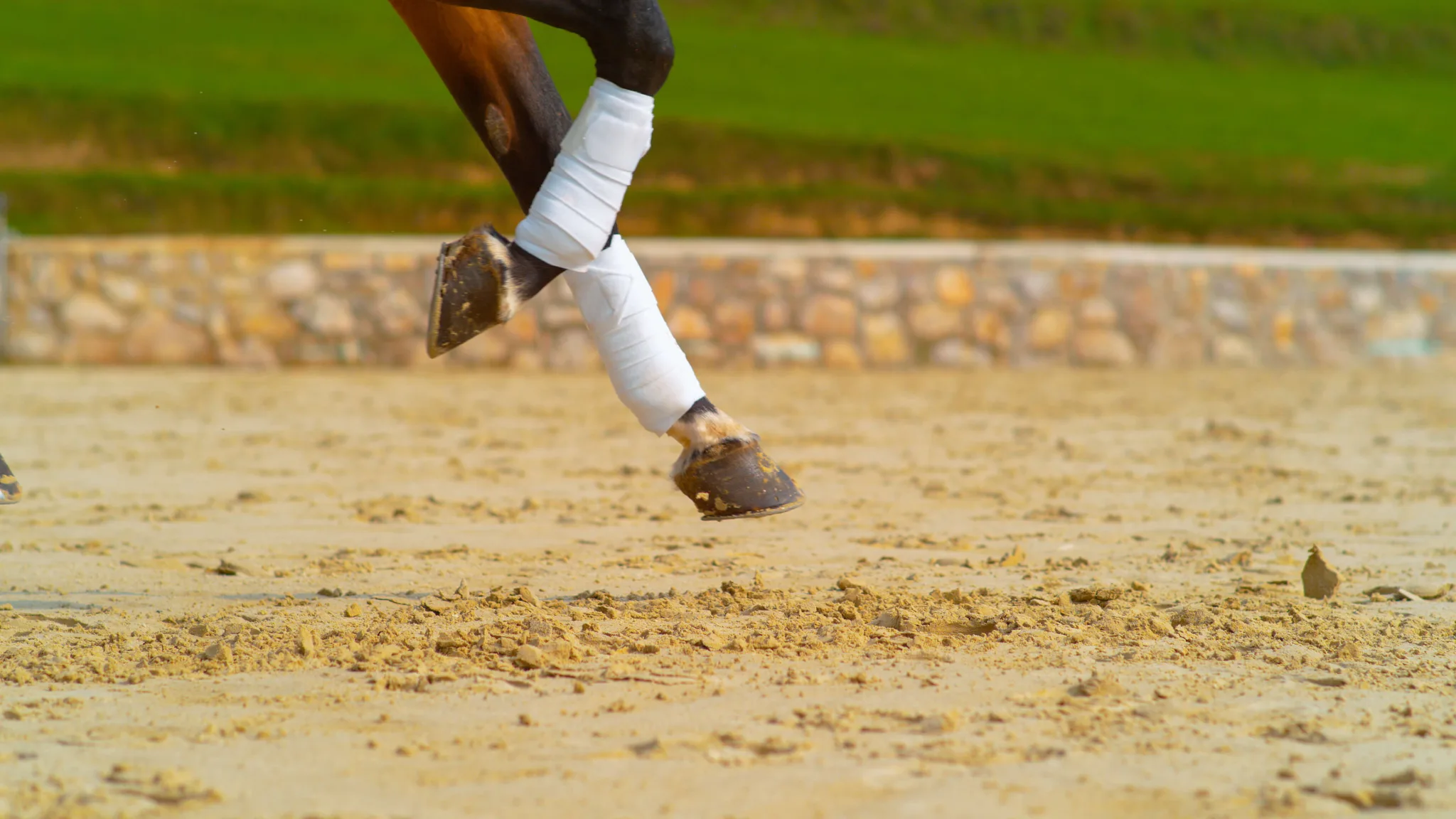Q: My horse brings his hindquarter into the inside in the canter, and I was marked down for it in my last dressage test. How do I fix this?
A: Cantering in this way, with the quarters in, is usually a strength issue. Building strength is therefore vital in helping your horse to straighten up. However, it is also worth noting that if a horse gets ‘used to’ cantering in this way, the movement patterns can become entrained into his nervous system. This means that even when strength is improved, and the horse can canter more correctly, he may still choose to canter with his quarters in, simply because his muscle memory is accustomed to this. The good news is that schooling can fix this. The bad news is that this takes time.
To work on strength, you need to do lots of cross-training with your horse. You’ll need to do hill work, pole work, lots of transitions, and possibly even a few gymnastics.
Then, in terms of the reschooling, you will need to work on riding from the outside rein. You do not want to be pulling on the inside rein, as this will make the issue worse. You need to feel as though you can move the horse’s shoulders as you canter using the outside rein. You want to be able to move the shoulders off the track to the outside (i.e. into counter-flexion) to try and rebalance your horse and cause him to work more correctly from the hindquarter. Similarly, you can help him undo the old movement patterns by using the outside rein to help him canter in shoulder-fore. This can help to reset the movement patterns and engage the hindquarter effectively.
Then, in terms of tailored strength work for the quarters, you can try and teach your horse the counter-canter. At first, you will need to help him by keeping him flexed over his leading leg until he gets used to this. Then, over time, you need to see if you can flex his neck to the inside (away from the leading leg). This is difficult for the horse, so you need to practice it in short yet frequent bursts.
Once you easily have control of the shoulders with the outside rein, and you know that your horse is strong and engaged behind, you should find that the problem improves significantly, if not disappears entirely.

